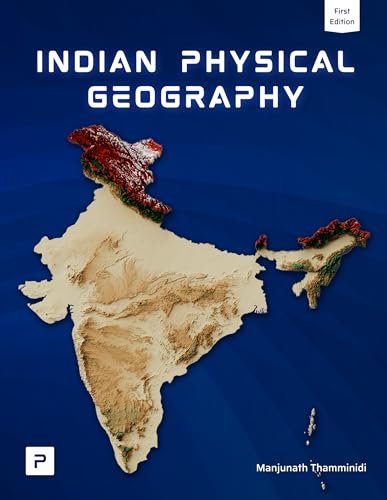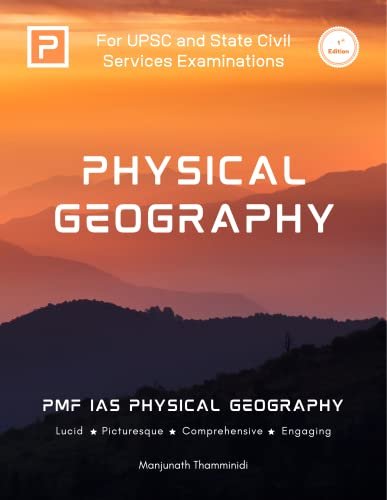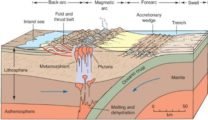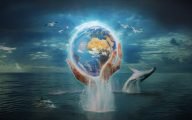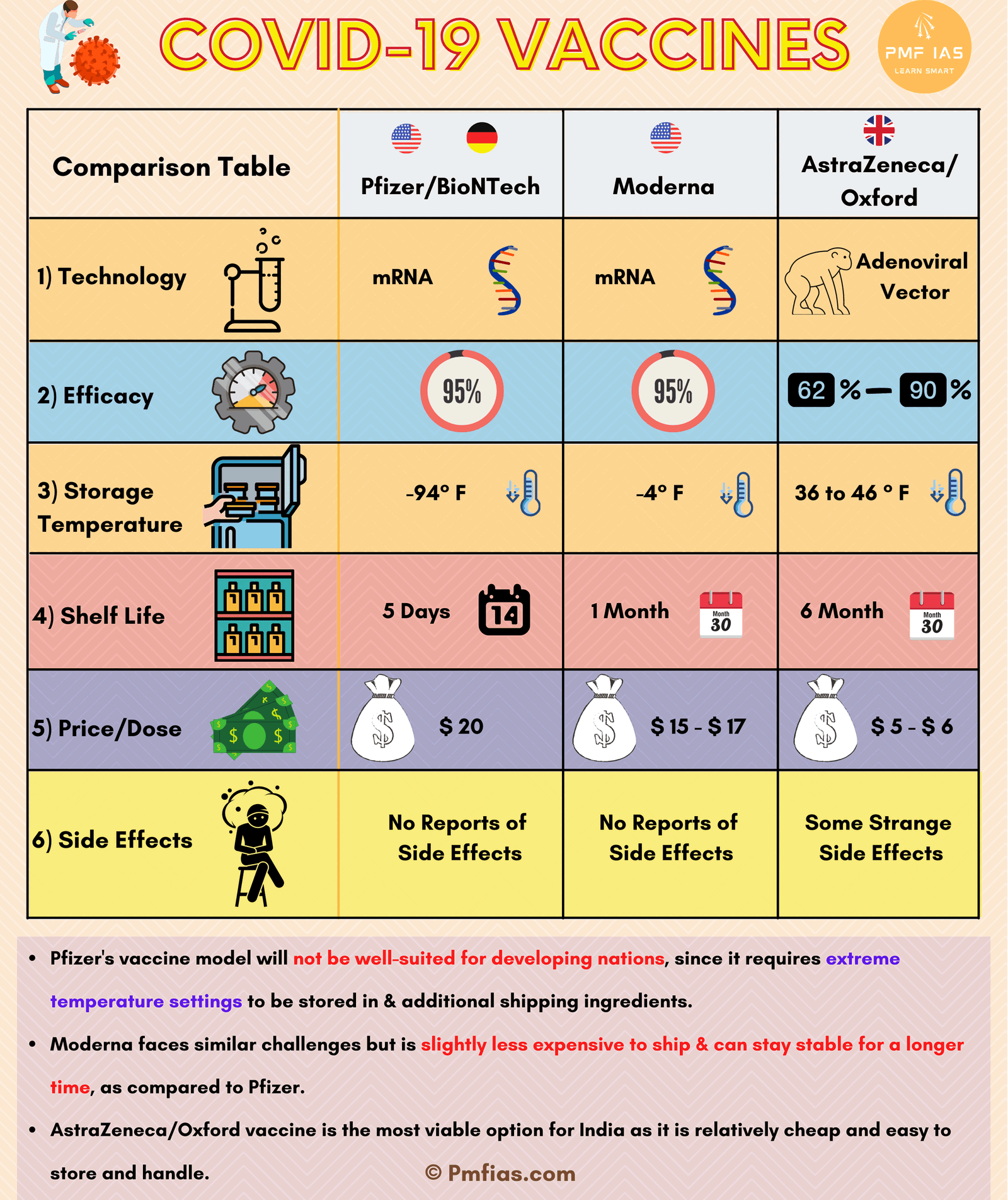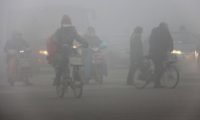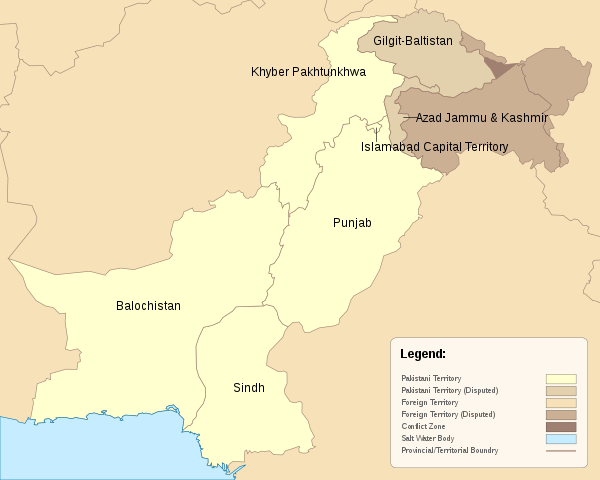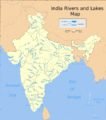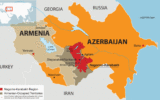
Tundra Climate (Polar Climate or Arctic Climate)
Subscribe to Never Miss an Important Update! Assured Discounts on New Products!
Must Join PMF IAS Telegram Channel & PMF IAS History Telegram Channel
Last updated on April 17, 2024 7:20 PM
Tundra Climate or Polar Climate or Arctic Climate

Distribution
- Found in regions north of the Arctic Circle and south of Antarctic Circle.
- The ice-caps are confined to highlands and high latitude regions of Greenland and Antarctica.
- In the southern hemisphere, Antarctica is the greatest single stretch of ice-cap (10,000 feet thick).
- The lowlands – coastal strip of Greenland, the barren grounds of northern Canada and Alaska and the Arctic seaboard of Eurasia, have tundra climate.
Tundra Climate
Temperature
- The tundra climate is characterized by a very low mean annual temperature.
- In mid-winter temperatures are as low as 40 – 50 °C below freezing.
- Summers are relatively warmer.
- Normally not more than four months have temperatures above freezing-point.
- Within the Arctic and Antarctic Circles, there are weeks of continuous darkness (Rotation and Revolution).
- The ground remains solidly frozen and is inaccessible to plants.
- Frost occurs at any time and blizzards, reaching a velocity of 130 miles an hour are not infrequent.
Precipitation
- Precipitation is mainly in the form of snow and sleet.
- Convectional rainfall is generally absent.
Natural Vegetation – Tundra Climate
- There are no trees in the tundra.
- Lowest form of vegetation like mosses, lichens etc. are found here and there.
- Climatic conditions along the coastal lowlands are a little favorable.
- Coastal lowlands support hardy grasses and the reindeer moss which provide the only pasturage for reindeers.
- In the brief summer, berry-bearing bushes and Arctic flowers bloom.
- In the summer, birds migrate north to prey on the numerous insects which emerge when the snow thaws.
- Mammals like the wolves, foxes, musk-ox, Arctic hare and lemmings also live in tundra regions.
- Penguins live only in Antarctic regions.
Human Activities
- Human activities of the tundra are largely confined to the coast.
- People live a semi-nomadic life.
- In Greenland, northern Canada and Alaska live the Eskimos.
- During winter they live in compact igloos.
- Their food is derived from fish, seals, walruses and polar bears.
- Now a days rifles instead of traditional harpoons are used to track down animals.
Recent Development of the Arctic Region
- New settlements have sprung up because of the discovery of minerals.
- Gold is mined in Alaska, petroleum in the Kenai Peninsula, Alaska; and copper at the Rankin Inlet, Canada.
- With the declining reserves of iron ore around the Great Lakes, iron ore deposits in Labrador are gaining importance. New railway lines have been constructed to bring the ores to the St. Lawrence River.
- Rich deposits of iron ores at Kiruna and Gallivare helped Sweden enjoy a prosperous export trade in iron and steel and other metallurgical products.
- New ports on the Arctic seaboard of Eurasia has made it possible to ship timber and fur from Siberia. Modern ice-breakers makes the frozen seas navigable.
Primary References: NCERT Geography, Certificate Physical and Human Geography [Amazon and Flipkart]
Last updated on April 17, 2024 7:20 PM





